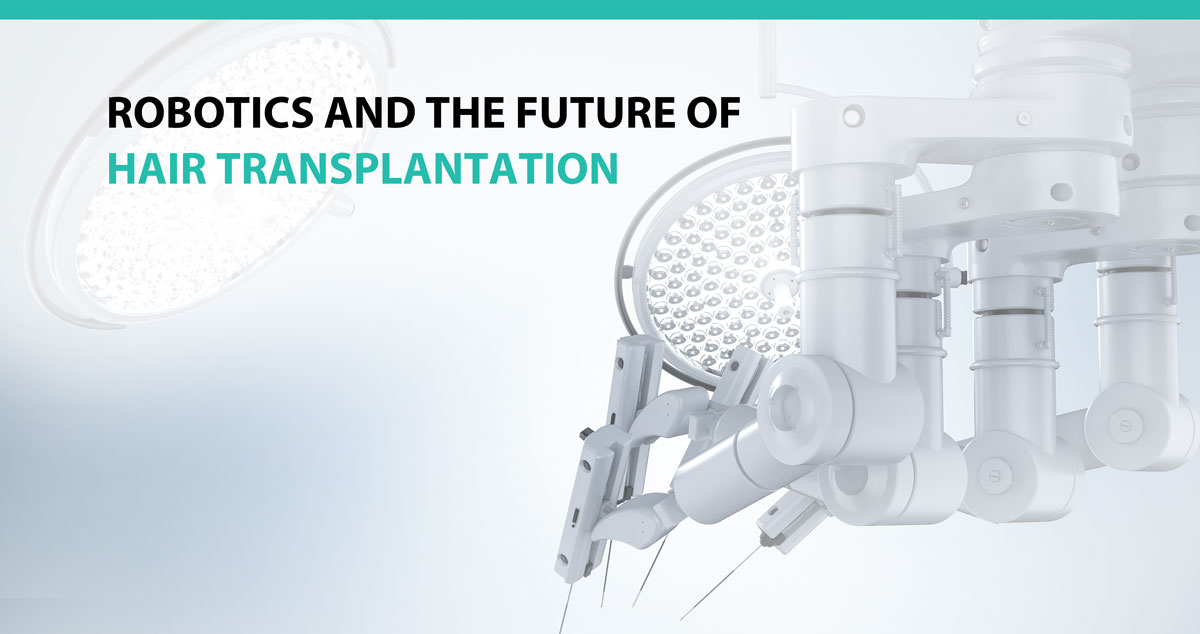
With the rise of science-fiction-like technology and the constant proclamation that everyone’s job is going to be automated soon, it’s inevitable to wonder if robotics is going to become the norm for Hair Transplantation as well.
While we are still a long way from the surgical robots in movies like Star Wars, robotics has long been a part of modern medicine. Computers and digital imagery machinery drive much of diagnostic medicine, for example, from MRIs to CT Scans and beyond.
But Hair Transplantation is a different story altogether, though there are some attempts currently in place to try to bridge that gap between human and machine. Let’s take a look.
The Artas Robot
The most widely-used robotic procedure for Hair Transplant today uses the Artas robot. Like all commercially-usable robots, this one is highly specialized to perform a specific procedure, in this case Follicular Unit Extraction (FUE).
In FUE, the doctor (or in this case, the robot) removes individual follicles from one location in order to place those follicles into another location to regrow hair where Hair Loss has occurred. Artas is capable of doing this procedure at a much faster rate than a human doctor, and the company behind the robot claims it produces less scarring than when the procedure is performed manually by a doctor.
There is no doubt that robots can perform more consistent procedures than humans in most cases, so it is no surprise that the act of extracting hair follicles can be programmed and performed robotically. However, there are several shortcomings to this particular method.
First, Artas is still only capable of being programmed to the extent of technology and human understanding that we have today. That means that while a trained surgeon like Dr. Joseph Williams can perform FUE on hair from many different locations, such as a beard, neck, or back, Artas is limited to removing hair follicles from the sides and back of the head. This limits the available options for many cases of hair loss, thus reducing the number of choices available to potential patients.
Second, Artas can work fine with straight, dark hair, but with light and/or curly hair it is not capable of performing the task it is designed for at the same level as a trained doctor. This immediately limits the use of Artas for many patients, and some doctors who become reliant on the technology might not have as much practice with patients with the types of hair that Artas cannot work with.
Third, and finally, Artas is only effective at the Follicular Unit Extraction procedure, and does not aid in the more advanced and more scar-resistant procedure of Follicular Unit Transfer (FUT). FUT uses strips of skin with multiple hair follicles on them to replace sections of hair at a time in a procedure that encourages natural hair growth in the transplanted areas with fewer surgical incisions.
Don’t Wait for Technology to Catch Up to Sci-Fi
In spite of what we see on the news, or what we hope to happen in the real world, science-fiction is not yet the science-reality that we imagine in our stories. We still don’t see flying cars everywhere or colonies on Mars or the moon, but humans are doing amazing things in technology.
Amazing things, however, still require highly trained and talented specialists to ensure they are done well, and Dr. Joseph Williams is among the best Hair Loss Specialists in the country, right now. He will work with you to make sure you find the best Hair Transplant Solution for you based on your needs and your situation, and he won’t be limited by the capabilities of a robot that someone else designed to help you feel confident and body-positive.
Schedule a consultation today to find out how Dr. Williams can help you.










